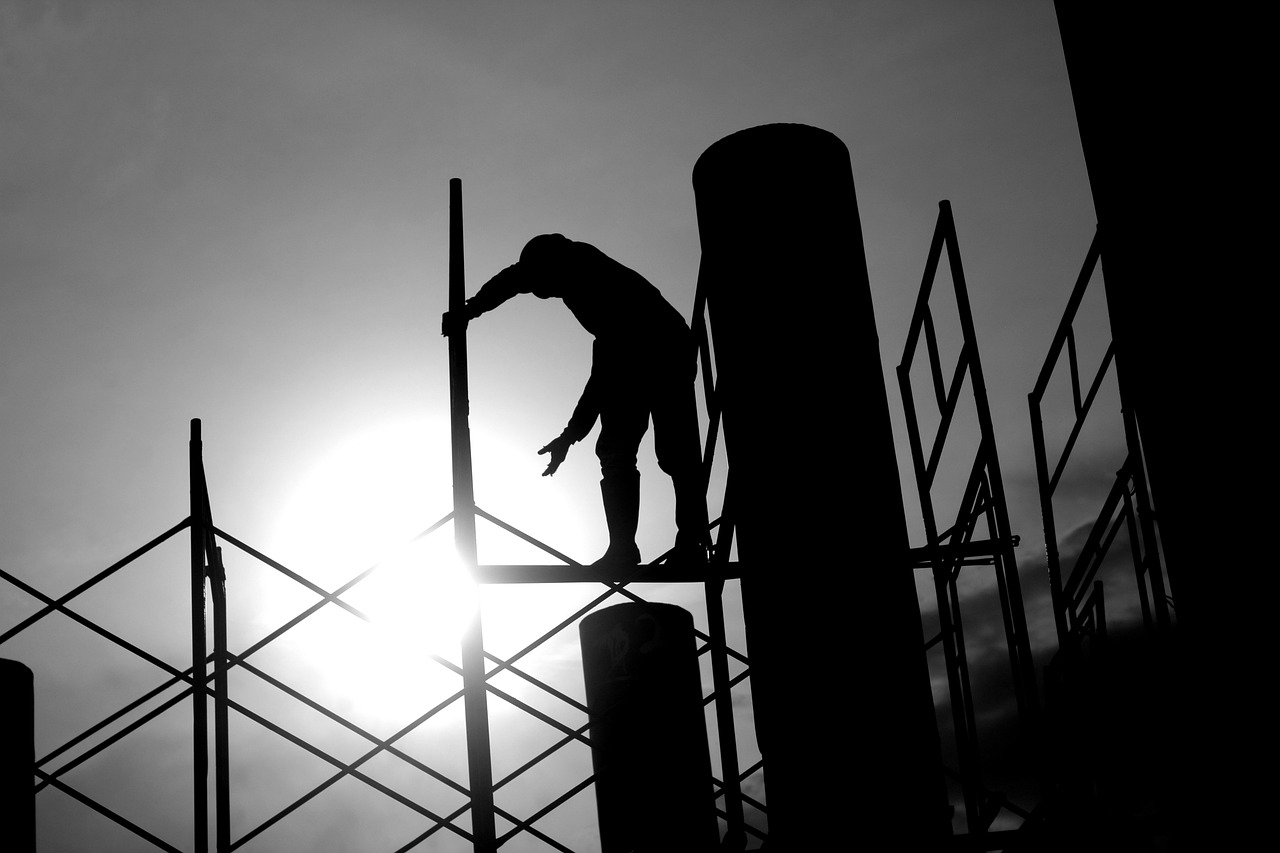- Morning Frost and Fog: Cooler temperatures in the mornings can cause frost to form on windshields and roads, making it harder to see and more dangerous to drive. Additionally, fog can greatly reduce visibility, especially in low-lying areas.
- Sun Glare: As the sun rises later and sets earlier, sun glare during rush hours becomes more common. The low angle of the sun can blind drivers, making it difficult to see traffic signals, pedestrians, and other vehicles.
- Fallen Leaves: Leaves on the ground may seem harmless, but when wet, they can create slick conditions similar to ice, causing vehicles to lose traction and increasing the risk of accidents.
- Wildlife Activity: Early Fall is the peak of wildlife activity, especially for deer. Drivers should be cautious when driving through wooded or rural areas, as collisions with animals can be dangerous for both the driver and the wildlife.
- Check Weather Conditions: Be aware of the morning weather forecast to prepare for frost or fog. Give yourself extra time to defrost your windshield and drive carefully in foggy conditions.
- Combat Sun Glare: Wear sunglasses to reduce the effects of sun glare, and keep your windshield clean to minimize reflection.
- Slow Down on Leaf-Covered Roads: Drive cautiously when leaves are on the ground, especially if they’re wet. Leaves can obscure road markings and hide potholes.
- Be on the Lookout for Animals: Slow down and stay alert when driving in areas where wildlife is common, particularly around dawn and dusk.
- Check for Injuries: Ensure that everyone involved is safe and call for medical help if necessary.
- Document the Scene: Take photos of the accident, the road conditions, and any damages to vehicles or property.
- Contact the Authorities: Report the accident to local authorities and file an official report.
- Consult a Personal Injury Attorney: Darfoor Law Firm can help you navigate the legal process if you’re injured in a car accident. We are here to make sure your rights are protected, and you receive the compensation you deserve.
Injured in an accident this Fall? Contact Darfoor Law Firm today for a free consultation. Let us help you understand your rights and secure the compensation you deserve.










